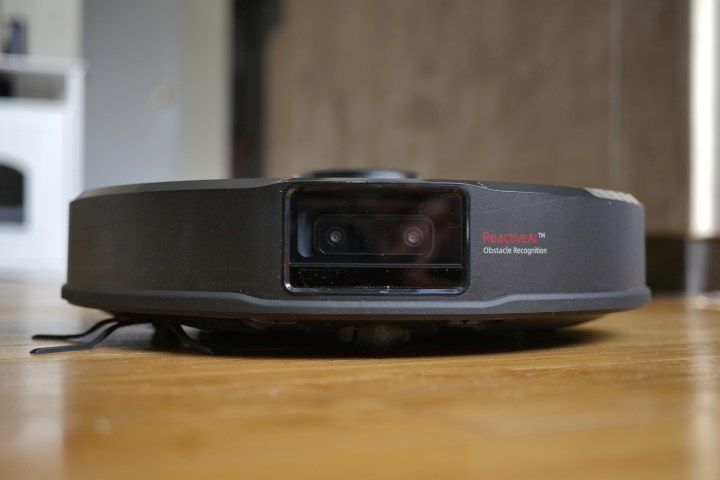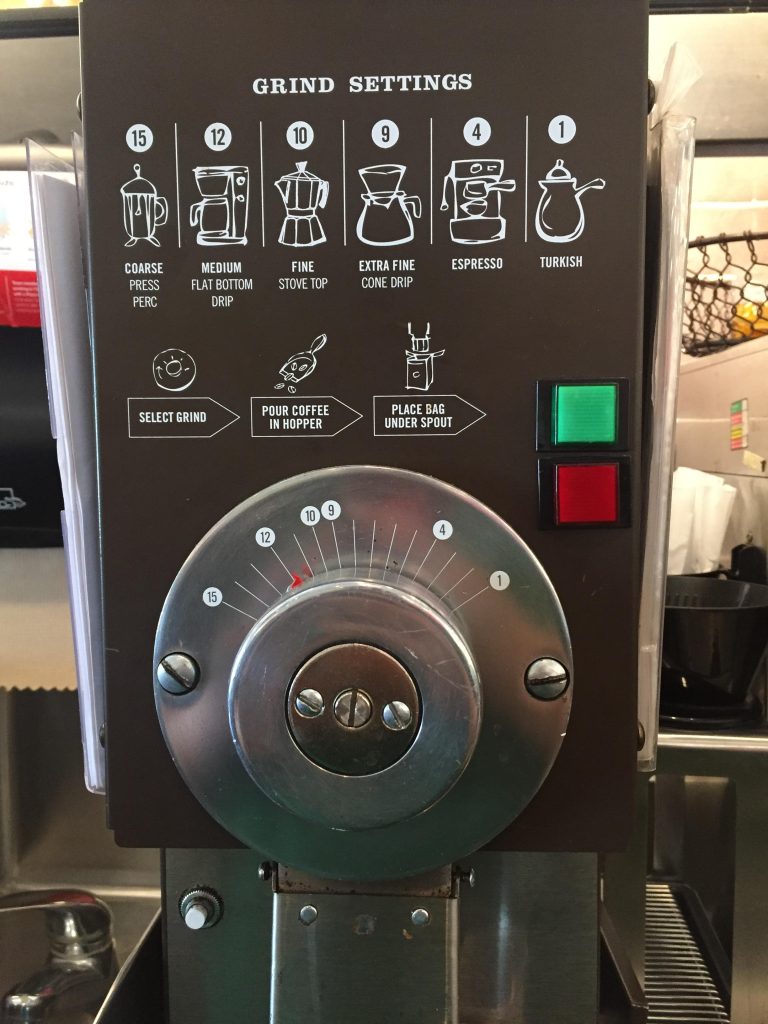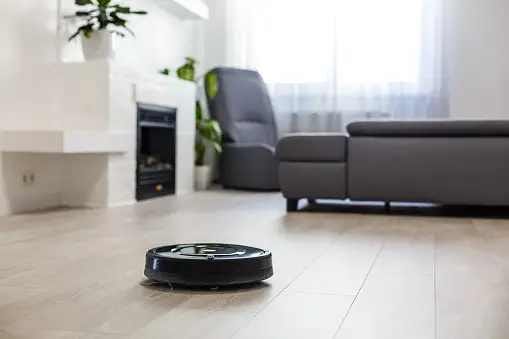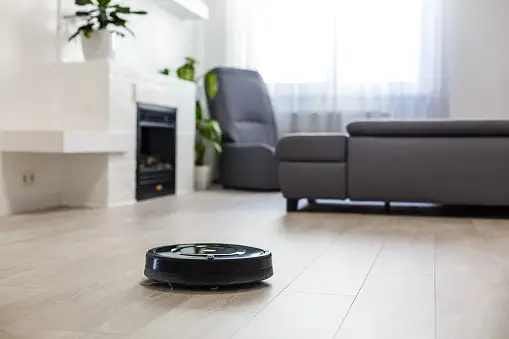Do Robot Vacuums Have Cameras?

Some robot vacuums have cameras. These cameras help navigate and map your home for efficient cleaning.
Robot vacuums have become popular for their convenience and smart technology. Many models use advanced features, including cameras, to improve cleaning performance. Cameras enable these devices to create detailed maps of your home. This ensures thorough coverage and avoids obstacles.
Some models even offer live video feeds. This adds an extra layer of security to your home. When choosing a robot vacuum, consider if camera functionality is essential for your needs. Not all models come with cameras, so it’s important to check specifications. Advanced navigation and mapping features can make a significant difference in cleaning efficiency.
The Evolution Of Robot Vacuums
Robot vacuums started as simple machines. They could only move in random patterns. Today, they are smart helpers. They can map your home and avoid obstacles. Early models had basic sensors. Newer models have advanced technology.
Modern robot vacuums use sensors and cameras. These help them navigate better. Some models even have AI capabilities. This allows them to learn your home’s layout. They can clean more efficiently than older models. Mobile apps let you control them from your phone. Voice assistants make them even smarter.
The Role Of Cameras In Robot Vacuums
Robot vacuums with cameras can see your home. These cameras help the vacuum know where to go. Cameras make navigation better. They can avoid bumping into things. Smart navigation means less missed spots. Your vacuum won’t get stuck as often. This makes cleaning faster.
Cameras help with mapping the area. The vacuum learns the layout of your home. It remembers where it has cleaned. This stops it from going over the same spot. Efficient cleaning saves battery life. Your floors get cleaner in less time. More dirt is picked up with each pass.
How Robot Vacuums Use Cameras
Robot vacuums use cameras to map your home. Cameras help them learn the layout. They create a map of your rooms. This helps the robot know where to clean. It also helps avoid cleaning the same spot twice. The camera sees objects and walls. This helps the robot understand the space better.
Robot vacuums use cameras to avoid obstacles. They see things like furniture and toys. The camera helps the robot go around these objects. This keeps the vacuum from getting stuck. Cameras also help the robot avoid falling down stairs. The robot can see edges and stops before falling.

Credit: securityintelligence.com
Privacy Concerns With Camera-equipped Robot Vacuums
Robot vacuums with cameras raise privacy concerns due to potential unauthorized access. These devices can collect sensitive data from your home. Proper security measures are essential to protect personal information.
Potential Risks
Robot vacuums with cameras can raise privacy concerns. These devices can capture images inside your home. Hackers can access these images. This can reveal personal details about your life. They can also map your home’s layout. This makes it easier for burglars.
Safeguarding Your Privacy
Choose a robot vacuum from a trusted brand. Ensure it has strong security features. Regularly update its software. This helps to protect against vulnerabilities. Disable the camera if it’s not necessary. Use a secure Wi-Fi network. This reduces the risk of hacking. Read the privacy policy. Understand how your data is used and stored.
Comparing Robot Vacuums: With And Without Cameras
Robot vacuums with cameras can map your home. This helps them clean more efficiently. They avoid obstacles better. Without cameras, they may bump into furniture more often. Cleaning patterns might be random. Camera-equipped vacuums often cost more. But they offer smarter navigation. Choose based on your budget and needs.
Consider your home’s layout. Homes with many rooms benefit from cameras. Open spaces might not need them. Think about your budget. Camera models are pricier. Evaluate the importance of smart features. Some people prefer simplicity. Others want advanced tech. Make a list of your priorities. This helps in making a decision.

Credit: www.ecovacs.com
Future Trends In Robot Vacuum Technology
Robot vacuums are getting smarter. New models will have better navigation systems. They will clean more efficiently. Some vacuums will map your home. This helps in faster cleaning. Battery life is also improving. Vacuums will run longer without charging. Expect more compact designs. These will fit under furniture easily. Future models will have self-emptying bins. This means less work for you.
AI and machine learning are transforming robot vacuums. Vacuums will learn your home’s layout. They will adapt to changes over time. Obstacle detection will improve. Vacuums will avoid more objects. Some models will recognize specific rooms. They will clean your kitchen differently from your living room. Voice control is becoming popular. You can tell your vacuum where to clean. AI will make vacuums more user-friendly.
User Experiences With Camera-equipped Robot Vacuums
Camera-equipped robot vacuums help in better navigation around the house. They avoid obstacles and clean efficiently. Users find their homes cleaner with these smart devices. These vacuums can also map the house. This feature ensures every corner gets cleaned.
Some users worry about privacy issues with cameras in their homes. There are also concerns about the device malfunctioning. Sometimes, the camera may not recognize all obstacles. Connectivity issues can also arise with camera-equipped vacuums. Some users face trouble with software updates.
Making An Informed Decision
Think about your home’s layout. Some robot vacuums have cameras to navigate better. Privacy is also a big concern. Ensure the camera data stays secure. Look at the battery life of the vacuum. Longer battery life means more cleaning time. Maintenance is another factor. Check if the vacuum is easy to clean. Price matters too. Find a vacuum that fits your budget. Brand reputation can help you choose. Read reviews to know what others think.
Decide what type of floors you have. Some vacuums work better on carpets. Others are best for hardwood floors. Think about pet hair if you have pets. Some vacuums are great for picking up pet fur. Look at the dustbin size. Bigger dustbins mean less emptying. Check if the vacuum can reach corners and edges. Smaller vacuums can fit under furniture.

Credit: www.digitaltrends.com
Conclusion
Robot vacuums with cameras offer enhanced navigation and security features. They can map your home efficiently. While privacy concerns exist, many models ensure data protection. Choosing a camera-equipped robot vacuum can enhance your cleaning experience. Consider your needs and privacy preferences before making a decision.





